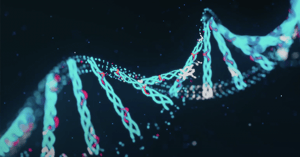On October 3rd, Swedish scientist Svante Pääbo won the Nobel prize in medicine for his pioneering research on neanderthal DNA. But what does neanderthal DNA have to do with modern medicine?
What Are Neanderthals?
Neanderthals are our closest ancient relatives. They were humans of a different species, Homo neanderthalensis. Modern humans and neanderthals evolved from a common ancestor, and branched into two different species around 800 thousand years ago.
Neanderthal DNA in Humans
Svante Pääbo spearheaded techniques to extract neanderthal DNA and sequence their genome, revealing insights into the links between humans and neanderthals. One of those surprising links was gene flow from neanderthals to Homo sapiens, indicating children between the two.
Homo Sapiens Evolution
As ancient Homo sapiens mixed with neanderthals, they picked up gene sequences that improved their chances to survive in new environments. For example, Tibetans share a gene with Denisovans, an ancient species discovered from a bone found in Siberia, that assists with living at high altitudes.
Svante Pääbo’s Nobel Prize
Svante Pääbo’s research helps scientists understand the origins of human physiology, such as our immune system and adaptations that assist with survival. His amazing discovery about the link between humans and neanderthals also leads to more questions: Why did Homo sapiens advance, and not another species? Where did culture come from? What was the purpose of multiple human species, leading ultimately to us?

